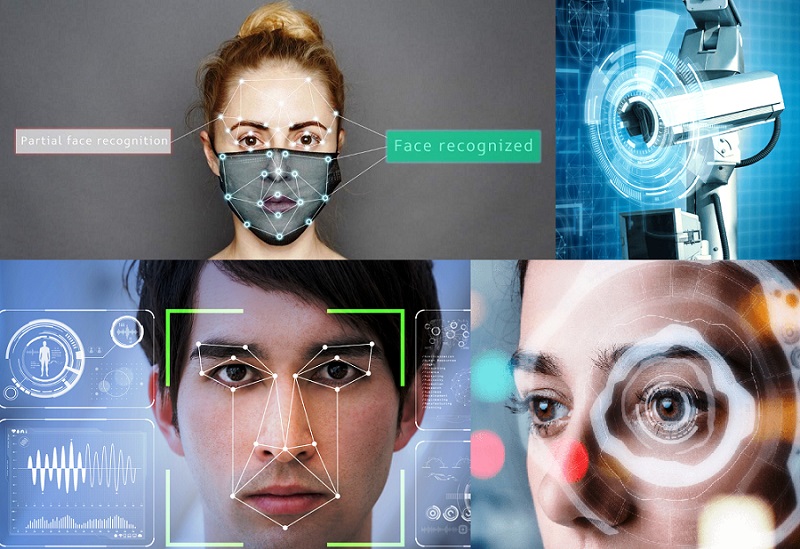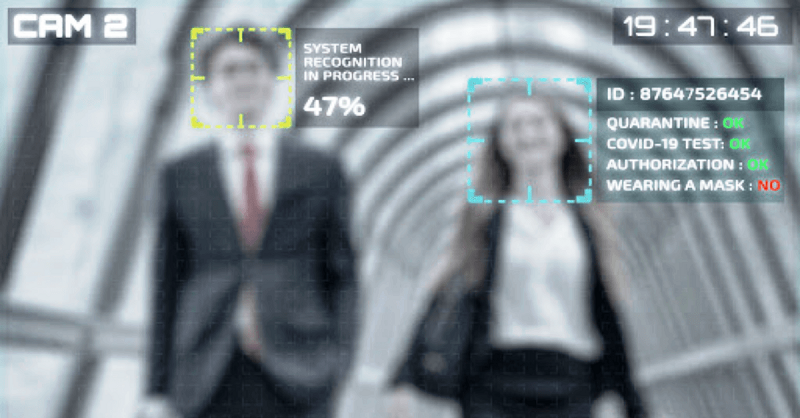

Facial recognition technology is growing in popularity. More and more, it’s becoming valuable to use people’s facial features and data to learn about them and differentiate them from others, especially in an entertainment venue trying to ensure safety and minimize losses.
The technology analyzes several points on every person’s face, allowing to compare one image to thousands of others and tell the difference between an average Joe and a potential criminal. Still, there are a few flaws to overcome. This article will explore how accurate facial recognition is, and shine a light on how accurate it is across races.
ACCURACY, DEMOGRAPHICS AND TRENDS
So how accurate is facial recognition? Broadly speaking, facial recognition technology is 99 percent accurate. However, there are a few demographic blindspots. In 2019, the National Institute of Standards and Technology (NIST) evaluated 189 software algorithms from 99 developers. The primary goal was to learn how well each algorithm performed two essential face recognition tasks: one-to-one and one-to-many matching. One-to-one matching confirms when a photo matches a different photo of the same person for verification purposes, such as unlocking a smartphone. One-to-many matching, by contrast, looks at whether an image of someone matches anyone in a database for identifying persons of interest.
Using 18 million images of 8.5 million people from the State Department, Department of Homeland Security, and FBI databases, NIST examined false positives and false negatives, the two types of errors facial recognition systems can make. A false positive happens when software misidentifies photos of two different individuals as depicting the same person. On the other hand, a false negative occurs when software fails to match two photos that show the same person. With such a robust catalog of images, NIST represented an array of demographics across the study, including: Age, Sex, Race or birth country.
As a result, researchers uncovered trends in rates of false positives and false negatives across demographics. The study revealed five notable trends, listed below in the study’s words:
1) One-to-one matching: False positives occur more frequently for Asian and African American faces relative to images of Caucasian faces, with error differentials ranging from 10-100 between algorithms.
2) U.S.-developed algorithms: American Indians have the highest rates of false positives.
3) Asian-developed algorithms: There’s little difference in false positives in one-to-one matching between Asians and Caucasians.
4) One-to-many matching: African American females have higher rates of false positives.
5) False positives across demographics aren’t consistent in one-to-many matching between algorithms.
NIST’s study clearly shows demographic areas that warrant a closer look and suggest there is a need for improvement in the technology. With so many facial recognition tools available, the study also highlights an important fact: different algorithms perform differently.


ADVANTAGES OF ECONNECT’S LEADING TECHNOLOGY
eConnect’s facial recognition and identity management tools account for differences across demographics such as race, gender, age, and more. This technology is 99.8 percent accurate overall. It is the only platform on the market to successfully associate transactional data with faces. The software helps users recognize an unlimited number of individuals by integrating with more big-box systems than anyone else in the industry.
The tool from eConnect taps into operators’ existing cameras and ticket in, ticket out (TITO) systems, player ratings, and POS systems to assess activities and transactions against facial data. The platform performs: face detection, face capture and face matching. Working in tandem with existing systems, the company provides accurate facial recognition solutions that start at the parking lot and extend beyond the entrance and across the venue’s floor.
In fact, eConnect’s software was recently recognized by Gaming & Leisure (G&L) with the Platinum Award at the 2021 Annual Gaming & Hospitality Industry Awards. The platform is very robust, with features like:
a) License plate recognition to tie vehicle license plates to enrolled patrons
b) ID scanning and enrollment of all patrons at the point of entry
c) Biometrics to automatically identify and notify security teams about troublemakers
d) VIP detection to identify high-value patrons
e) AML forensics to aid compliance officers and law enforcement officers
f) Self-exclusion module to stop self-excluded individuals from gaming
g) Mobile alerts to send notifications to your team, anytime and anywhere
There’s no doubt that facial recognition technology can- and should- keep growing. Its application for the gambling industry is still relatively new. While some of the biggest challenges for the facial recognition and surveillance industry surround accurate IDs across racial lines, the best minds are working to break down these barriers and keep on enhancing these solutions to help operators have top products that will reduce risks and increase income.

